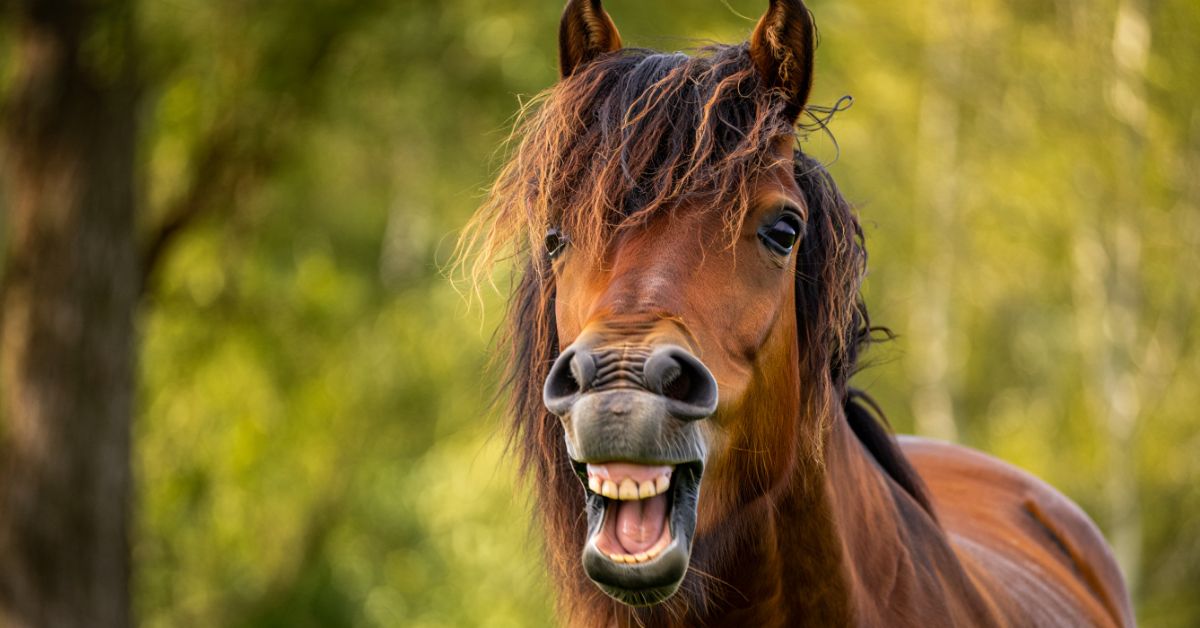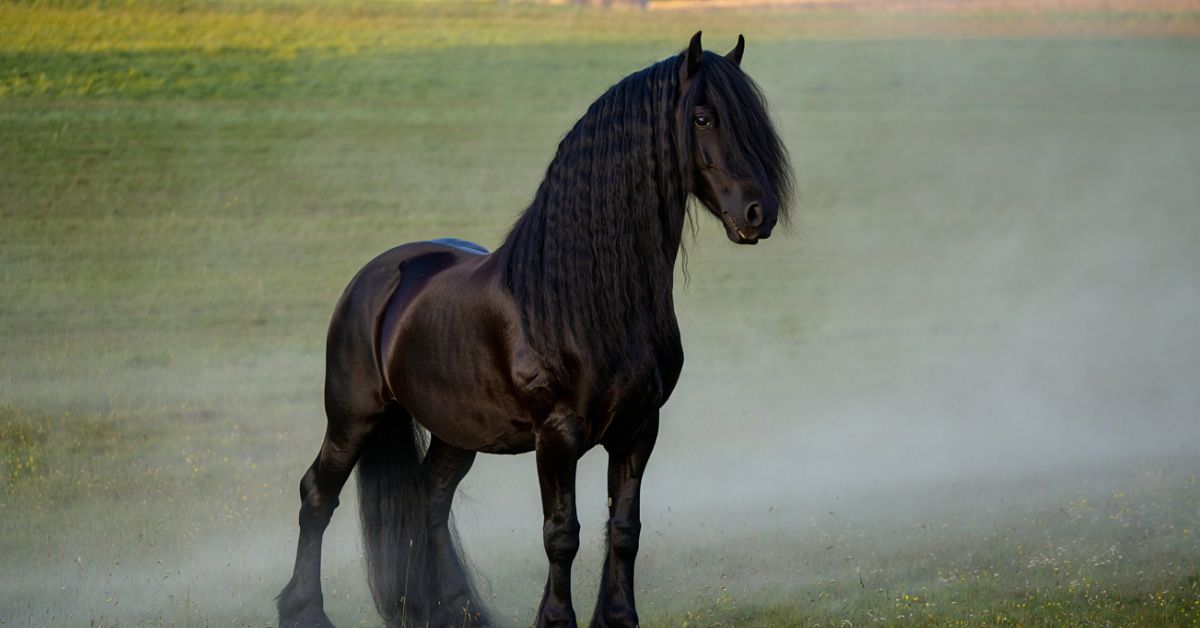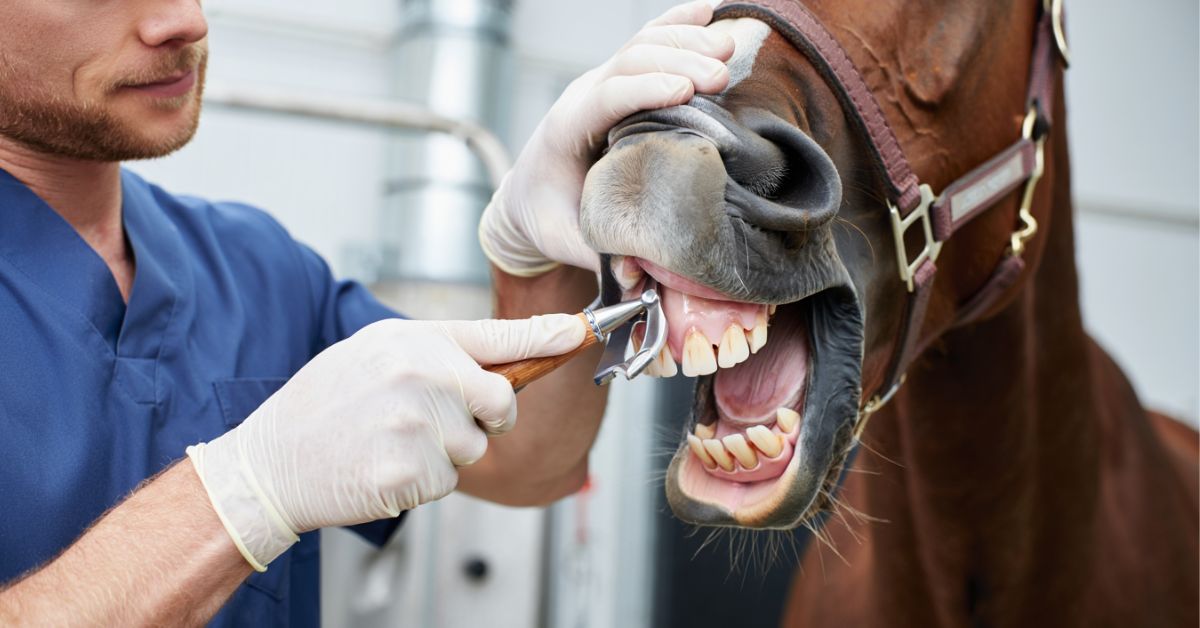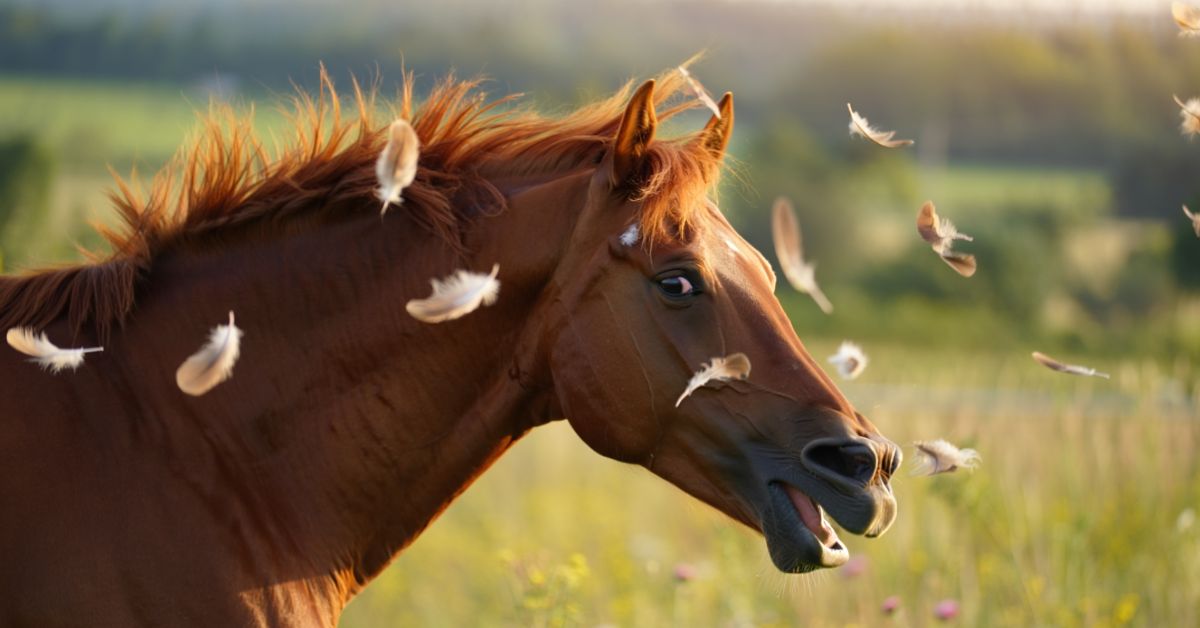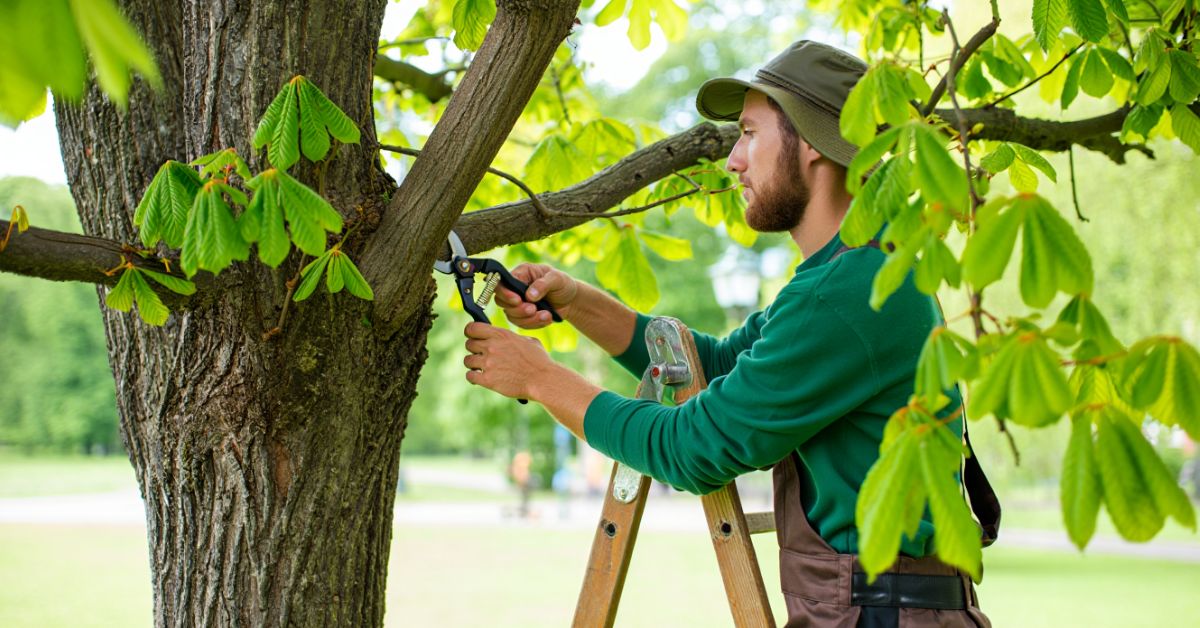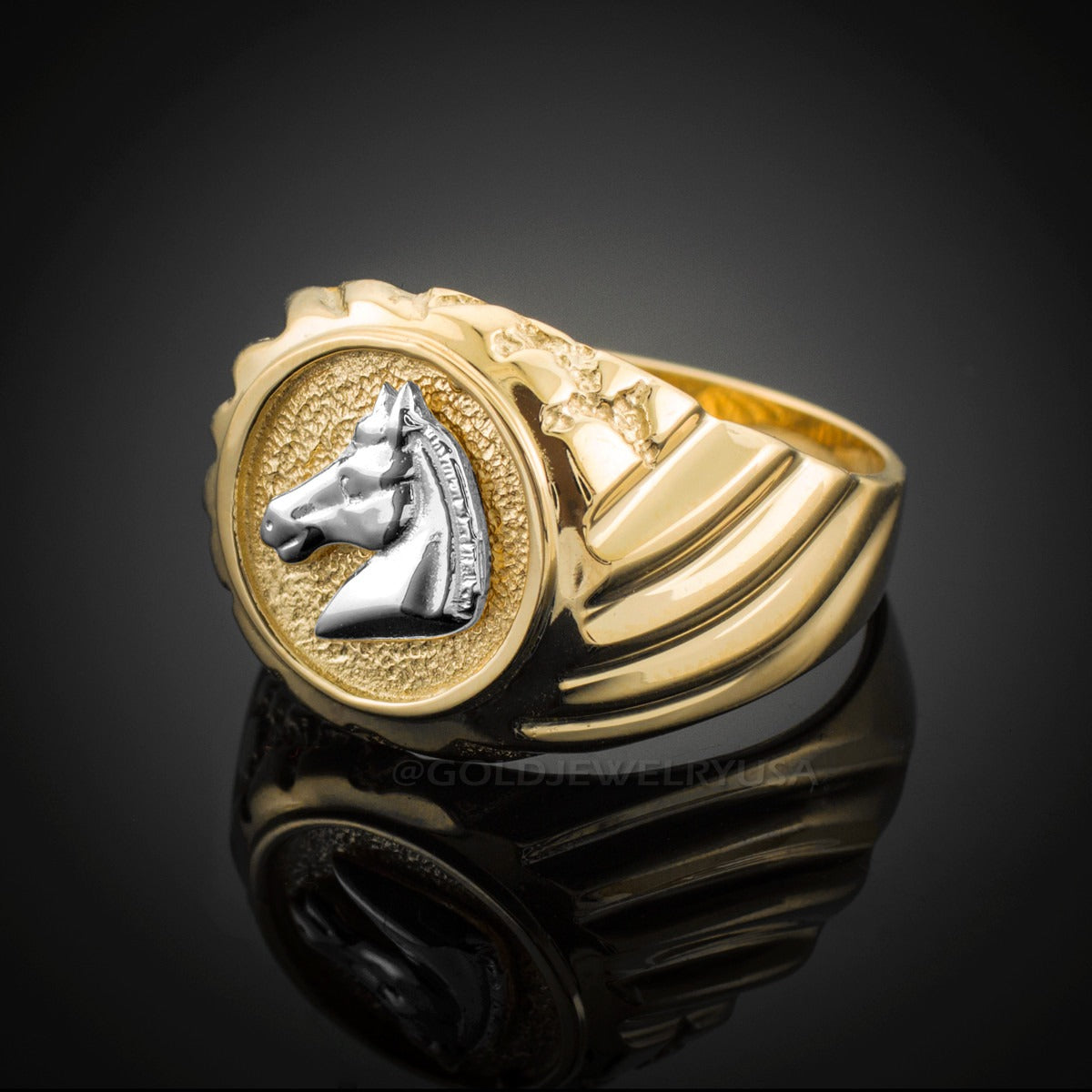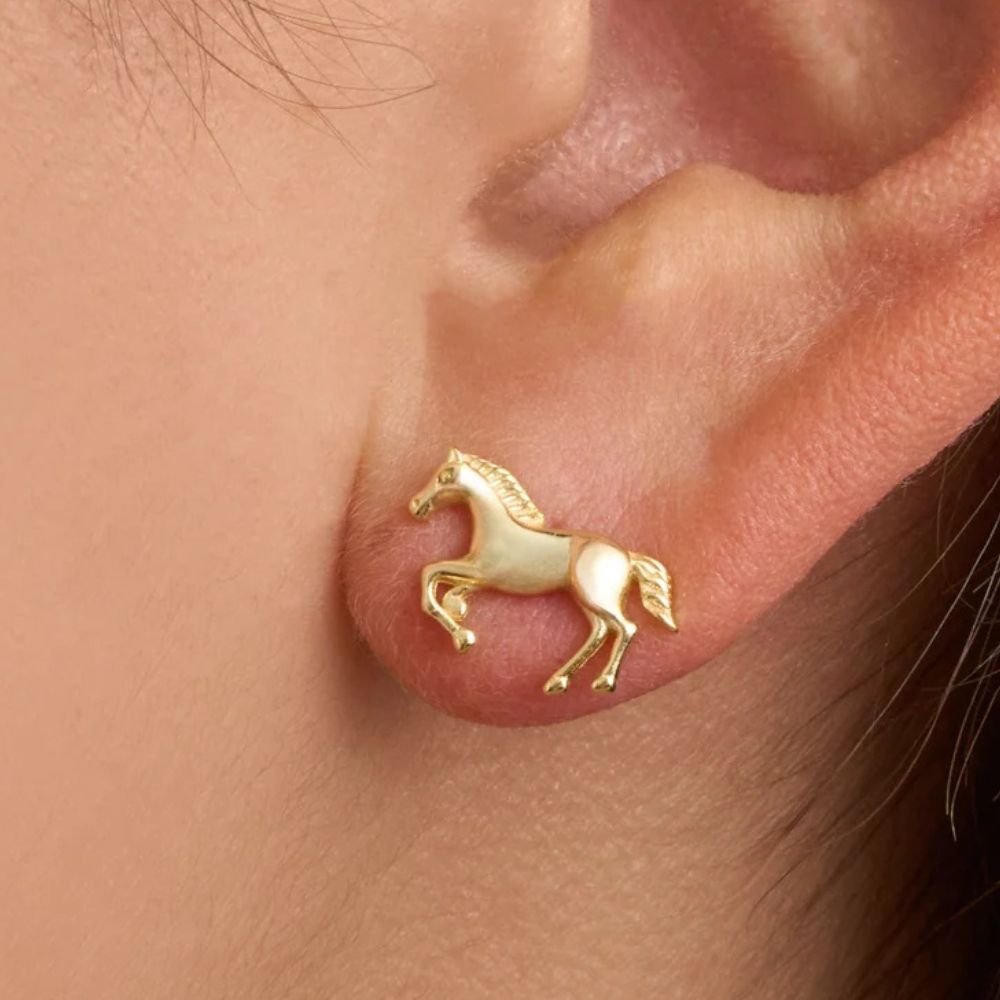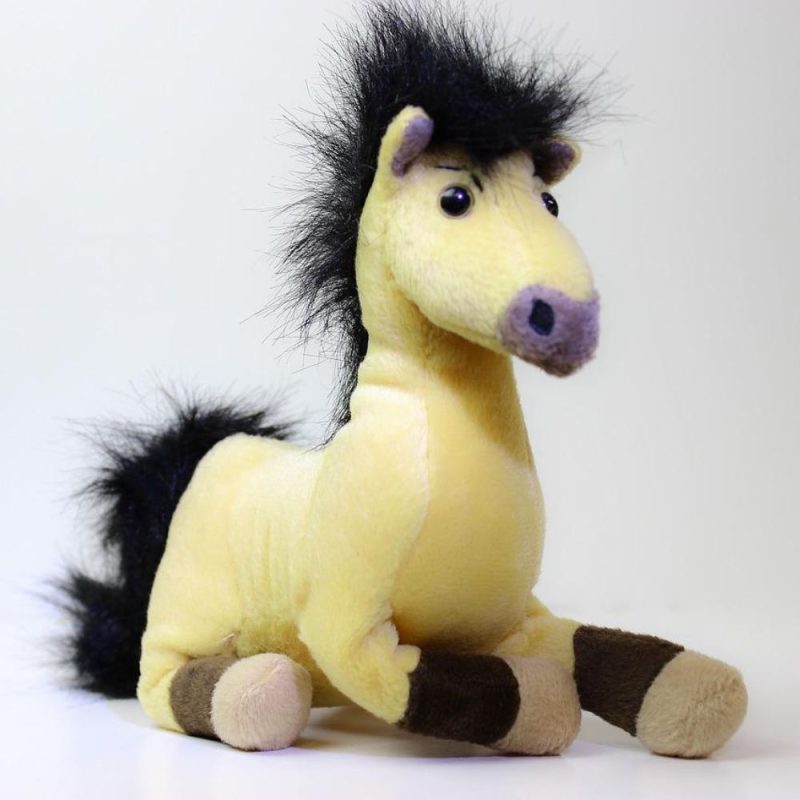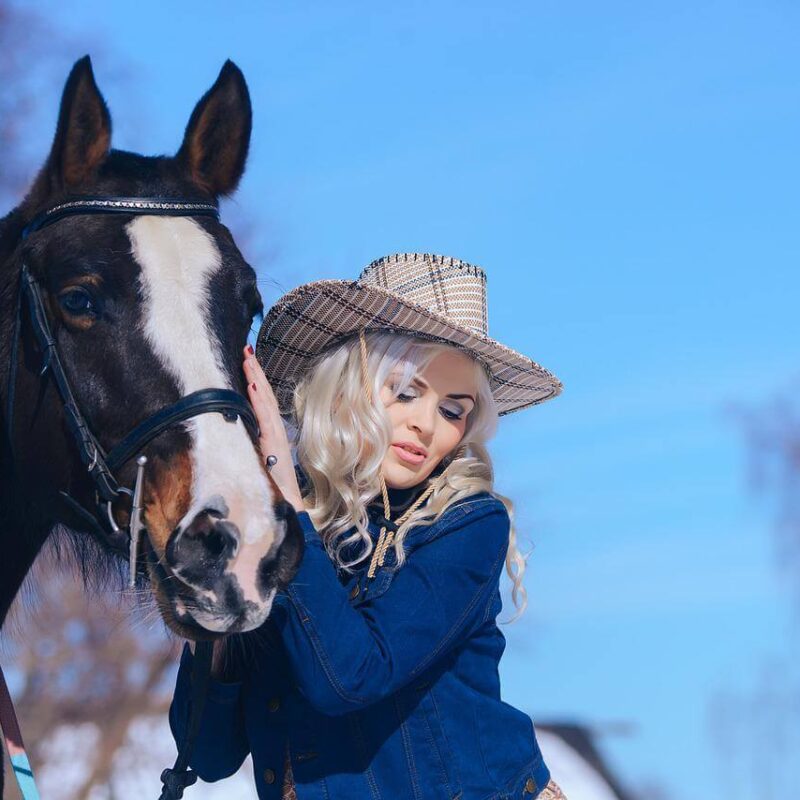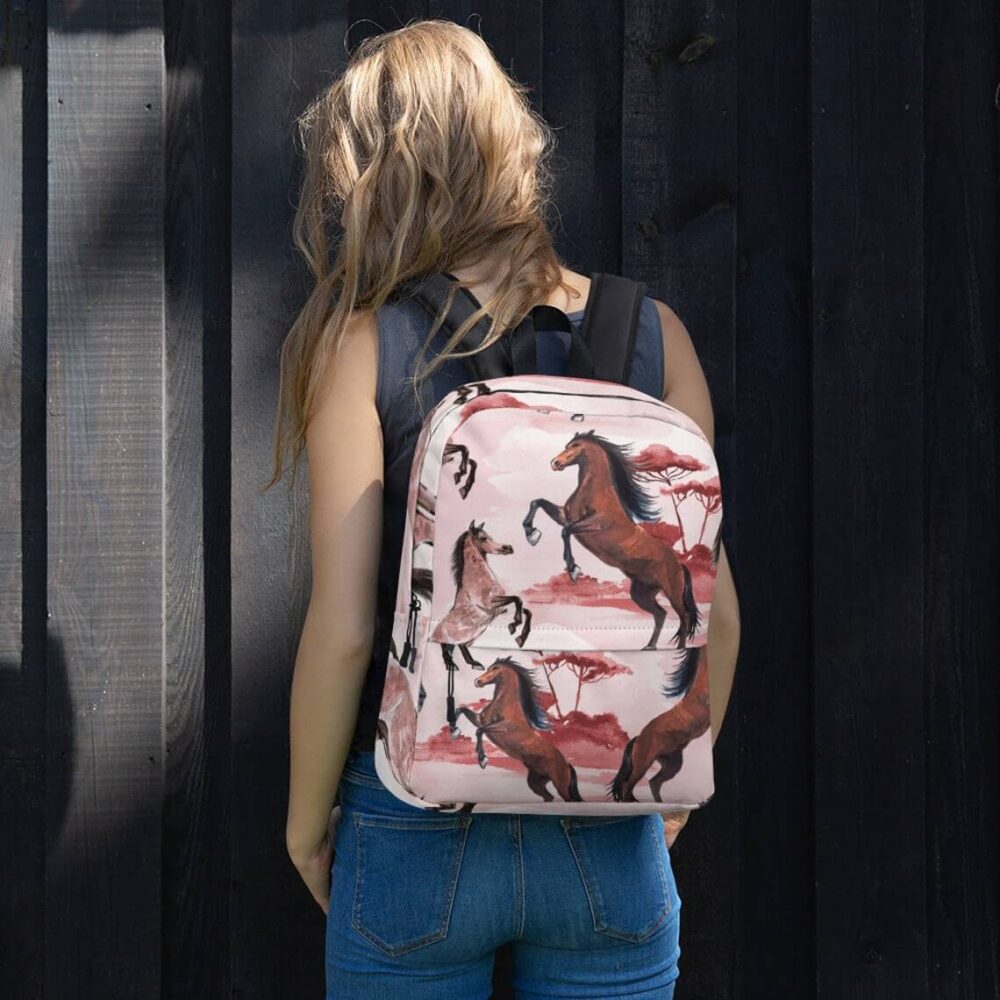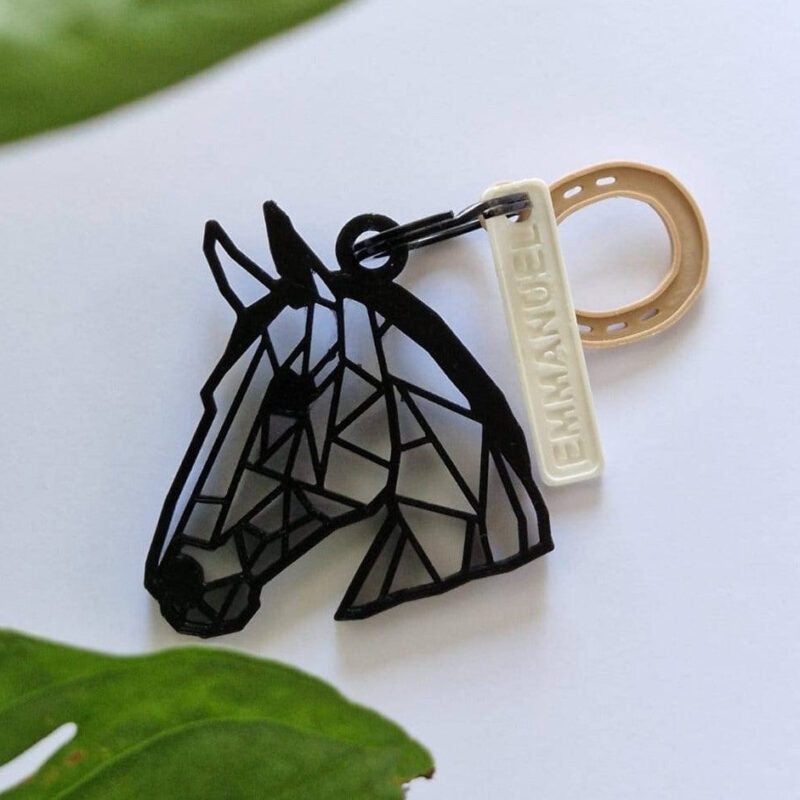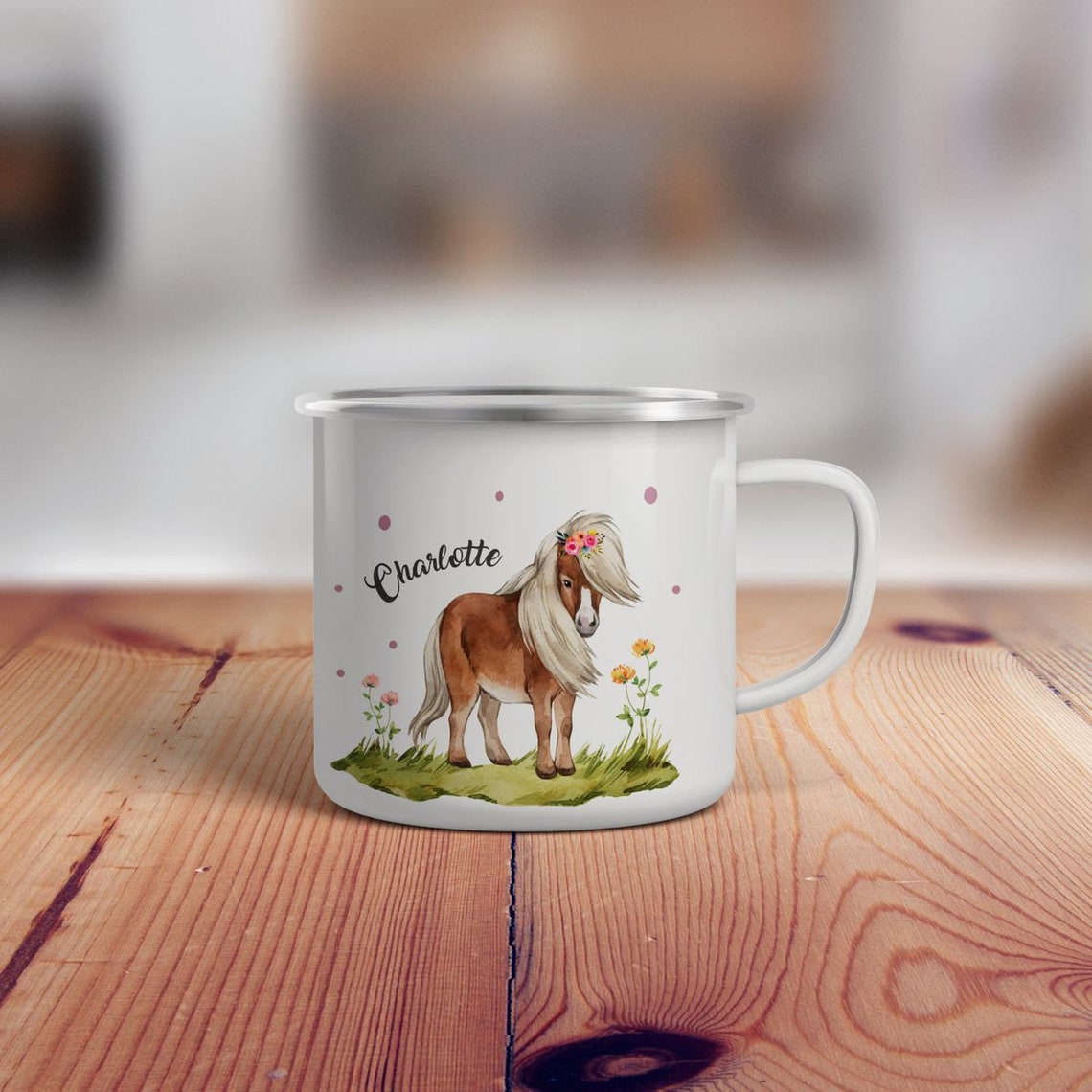
What to Feed a Horse with Loose Droppings: Complete Nutrition Guide
What to feed a horse with loose droppings starts with understanding that your horse's digestive system is trying to tell you something important. When your beloved equine companion develops loose stool or equine diarrhea, the solution lies primarily in adjusting their diet and focusing on gut health. The answer is surprisingly straightforward: increase quality fiber intake through premium hay quality sources, reduce or eliminate grain and high-starch feeds, introduce prebiotics and probiotics to support hindgut fermentation, and ensure constant access to clean water. Think of your horse's digestive system like a finely-tuned garden—it needs the right balance of nutrients, beneficial bacteria, and consistent care to thrive. Most cases of loose stool respond beautifully to dietary adjustments within 7-10 days, though persistent issues require a veterinary consultation to rule out underlying conditions like ulcers, fecal water syndrome, or stress-related colitis.
Understanding Why Your Horse Has Loose Droppings
The Digestive System Connection
Your horse's hindgut fermentation process is incredibly sensitive. Unlike us humans, horses rely on billions of beneficial microorganisms in their intestines to break down fiber. When this delicate ecosystem gets disrupted, loose droppings appear almost immediately.
Digestive upset happens faster than you might think. A sudden diet change—even switching from one hay batch to another—can throw everything off balance. Research from the University of Kentucky's Equine Research Center in 2023 showed that 68% of horses experience some form of stool consistency changes when their diet is altered abruptly.
Common Culprits Behind Loose Stool
The intestinal flora in your horse's gut can be disrupted by several factors. Stress tops the list—moving to a new barn, competition schedules, or even changes in pasture mates can trigger stress-related colitis. Your horse literally worries themselves into digestive trouble! 🤯
Mycotoxin exposure from moldy feed is another silent troublemaker. That dusty hay you got at a discount? It might be costing you more in veterinary bills than you saved. Always check your feed for any signs of mold or unusual odors.
Another overlooked factor is dehydration risk. When horses don't drink enough—especially during winter months—their digestive system struggles. Think of it like trying to wash dishes without enough water; nothing flows properly.
When to Worry About Fecal Water Syndrome
Fecal water syndrome deserves special attention. This condition, where watery discharge appears separately from normal droppings, affects approximately 20% of horses at some point. It's particularly common in horses over 15 years old and those on predominantly dry hay diets.
As legendary horseman Ray Hunt once said, "A good horseman can hear his horse speak. A great horseman can hear his horse whisper." Your horse's droppings are definitely whispering—or sometimes shouting—important health messages.
The Foundation: Quality Forage for Digestive Health
The cornerstone of what to feed a horse with loose droppings is premium forage. Not all hay is created equal, and this is where hay quality makes or breaks your success.
Choosing the Right Hay Type
Grass hay should be your primary choice. Timothy, orchard grass, or meadow hay provide excellent fiber intake without overwhelming the system. These varieties offer gentle, easily-digestible fiber that supports healthy hindgut fermentation without adding unnecessary protein or calories.
Alfalfa can be tricky with loose droppings. While it's protein-rich and nutrient-dense, its high protein content can actually worsen symptoms in some horses. However, a small amount—maybe 20% of the total forage ration—can be beneficial for underweight horses recovering from digestive issues.
The Magic of Soaking Hay
Soaking hay transforms everything! This simple practice removes excess sugars, reduces dust, and makes the forage easier on sensitive digestive systems. Here's the calculation: For a 1,000-pound horse eating 2% of body weight in hay (20 pounds), soaking for 30-60 minutes can reduce sugar content by 30-40%.
Soak your hay in clean water for about 30 minutes—no longer, or you'll start losing valuable nutrients. Drain it thoroughly before feeding. Your horse gets softer, more digestible forage, and you get peace of mind knowing you're supporting their gut health.
Forage Analysis: Knowledge is Power
Getting a forage analysis done costs around $30-50, but it's worth every penny. You'll discover exactly what's in your hay—sugar content, protein levels, mineral balance. This information guides your entire feed management strategy.
In March 2024, the American Association of Equine Practitioners released updated guidelines emphasizing that knowing your hay's nutritional profile can prevent 73% of diet-related digestive issues. That's a game-changer! 🎯
Strategic Feed Adjustments for Loose Droppings
The Low-Starch Revolution
Implementing a low-starch diet is non-negotiable when dealing with loose droppings. Starch overload in the small intestine leads to fermentation issues in the hindgut, creating the perfect storm for diarrhea.
Here's a practical example: If you're currently feeding 6 pounds of sweet feed (which can be 40-50% starch), that's approximately 2.4-3 pounds of pure starch daily. The equine digestive system can only handle about 0.1-0.2% of body weight in starch per meal. For a 1,000-pound horse, that's just 1-2 pounds of grain maximum per feeding!
The solution? Grain reduction or complete elimination. Replace those starchy feeds with hay pellets, soaked beet pulp (without molasses), or pelleted feed specifically designed for sensitive horses.
Beet Pulp: The Digestive Game-Changer
Soaked beet pulp is basically a miracle food for horses with digestive upset. It's high in digestible fiber, low in sugar, and creates a gel-like consistency that soothes the gut lining. Plus, horses absolutely love the taste!
Preparation matters: Always soak beet pulp for at least 15 minutes (30 is better) before feeding. The dry flakes absorb water and expand significantly. One pound of dry beet pulp becomes roughly 3-4 pounds when fully soaked.
Start with 1-2 pounds of dry beet pulp daily, split between feedings. You can gradually increase to 4-5 pounds for horses needing extra calories without the starch load.
High-Fat Supplements: Safe Calories
High-fat supplements provide concentrated energy without stressing the digestive system. Rice bran, ground flaxseed, or commercial fat supplements give your horse the calories they need while supporting gut health.
A senior horse diet often benefits tremendously from added fat. Older horses frequently struggle with weight maintenance, and fat provides 2.25 times more energy per pound than carbohydrates—without the digestive drama.
Add fat gradually—start with 1/4 cup daily and increase by 1/4 cup every 5-7 days until you reach your target amount (typically 1-2 cups daily). This slow introduction prevents overwhelming the system.
Supplements That Actually Work 💊
-
Probiotics: These beneficial bacteria colonize your horse's gut, crowding out harmful microorganisms. Look for products containing multiple strains—Lactobacillus and Bifidobacterium are particularly effective. A quality probiotic should contain at least 5 billion CFUs (colony-forming units) per serving.
-
Prebiotics: Think of these as food for the good bacteria. Fructooligosaccharides (FOS) and mannanoligosaccharides (MOS) encourage beneficial intestinal flora to flourish. Many fermented feed products now include prebiotics naturally.
-
Psyllium: This fiber supplement is essential if sand accumulation contributes to loose stool. It works through sand clearance—basically sweeping debris from the digestive tract. Feed 1 pound daily for 7 consecutive days, then stop for 21 days. Repeat this cycle monthly.
-
Yeast Culture: Products like Saccharomyces cerevisiae stabilize hindgut pH and improve fiber digestion. Research from Virginia Tech in 2023 showed that yeast culture supplementation reduced incidents of hindgut acidosis by 43% in horses on high-forage diets.
-
Vitamin B Supplementation: Stress depletes B vitamins rapidly, and these nutrients are crucial for gut health. Vitamin B supplementation—particularly B1, B2, and B12—supports both digestive function and stress management.
-
Electrolyte Support: Maintaining proper electrolyte imbalance prevention is crucial. Loose droppings cause mineral losses, especially sodium, potassium, and chloride. Offer free-choice electrolytes or add them to feed during recovery.
Creating the Perfect Feeding Schedule
Consistency is Everything
Your feeding schedule matters as much as what you feed. Horses are creatures of habit—their digestive systems literally expect food at certain times. Irregular feeding creates stress, which triggers or worsens loose droppings.
Divide daily rations into at least 3-4 small meals. If you're feeding 20 pounds of hay daily, that's 5 pounds per feeding, four times daily. Smaller, more frequent meals mimic natural grazing patterns and keep the digestive system constantly working.
The Overnight Factor
Never let your horse go more than 8 hours without forage. The stomach continuously produces acid, and without food to buffer it, ulcer symptoms can develop rapidly. Studies show that horses deprived of hay overnight show increased stool consistency problems within just 48 hours.
Consider using slow-feed hay nets or multiple hay stations. This extends eating time and keeps the gut happy throughout the night. Your horse might take 6-8 hours to consume hay that would disappear in 2 hours without a slow feeder.
Water Source Purity Matters
Water source purity affects everything. Contaminated water causes digestive upset faster than almost anything else. Scrub water buckets daily—yes, daily!—and ensure automatic waterers are clean and functioning properly.
A 1,000-pound horse drinks 8-12 gallons daily under normal conditions. With loose droppings, fluid loss increases, so some horses need 15+ gallons. Monitor water consumption carefully. If intake drops, try warming the water slightly (especially in winter) or adding a splash of apple juice for flavor.
Gradual Diet Changes
When adjusting what to feed a horse with loose droppings, patience prevents problems. Any diet change should happen over 7-14 days minimum. Introduce new feeds by replacing just 10-15% of the old feed every 2-3 days.
For example, if switching from 4 pounds of grain to beet pulp:
-
Days 1-3: 3.5 lbs grain + 0.5 lbs beet pulp
-
Days 4-6: 3 lbs grain + 1 lb beet pulp
-
Days 7-9: 2.5 lbs grain + 1.5 lbs beet pulp
-
Continue until fully transitioned
This gradual approach gives the intestinal flora time to adapt without shock.
When to Call the Vet and What to Watch For
Red Flag Symptoms
While dietary adjustments solve most cases, certain symptoms demand immediate veterinary consultation. These include:
Fever above 101.5°F, combined with loose droppings, suggests infection. Colic symptoms—pawing, looking at flanks, refusing food—alongside diarrhea indicate serious trouble. Dehydration risk becomes critical when skin tenting (pinched skin stays elevated) exceeds 3 seconds.
Mucus in droppings occasionally appears during recovery, but excessive amounts or blood-tinged discharge requires professional evaluation. Weight loss exceeding 5% of body weight within a week signals malabsorption issues beyond simple dietary fixes.
Professional Testing
Your vet might recommend fecal tests to identify parasites, bacterial overgrowth, or other pathogens. Blood work reveals electrolyte imbalance, dehydration severity, and organ function. These diagnostics guide targeted treatment beyond nutrition management.
Don't skip professional guidance when symptoms persist beyond 5-7 days despite dietary changes. As the saying goes, "An ounce of prevention is worth a pound of cure," and early intervention prevents minor issues from becoming major emergencies.
Working with an Equine Nutritionist
An equine nutritionist brings expertise that's invaluable for complex cases. They analyze your entire feed management program, calculate precise nutrient requirements, and design customized feeding plans.
This professional assessment typically costs $150-300 but can save thousands in ineffective supplements and veterinary treatments. They'll consider your horse's age, workload, body condition, and specific health challenges when recommending what to feed a horse with loose droppings.
Our equestrian jewelry collection lets you express your style with beautiful horse-themed necklaces and bracelets that showcase your dedication. Each piece is crafted with the same attention to detail you give your horse's care. Whether you're at the barn or heading to dinner, assert your individuality with accessories that speak to your soul.
Frequently Asked Questions on Feeding Horses with Loose Droppings
How long does it take to see improvement when changing what to feed a horse with loose droppings?
Most horses show noticeable improvement in stool consistency within 3-7 days of implementing proper dietary changes. Complete resolution typically takes 2-3 weeks as the hindgut fermentation process rebalances and beneficial bacteria repopulate. However, chronic cases or those complicated by underlying conditions may require 4-6 weeks of consistent management before full recovery occurs.
Can stress alone cause loose droppings in horses?
Absolutely! Stress-related colitis is incredibly common in horses. Competition schedules, trailer travel, new environments, or even changes in barn routine trigger digestive upset. The gut-brain connection in horses is powerful—anxiety literally disrupts intestinal flora and increases gut motility. Managing stress through consistent routines, adequate turnout, and calm handling often resolves loose stool without medication.
Should I stop feeding grain completely if my horse has diarrhea?
In most cases, yes—at least temporarily. Grain reduction or elimination allows the digestive system to reset. Grains high in starch overwhelm the small intestine's digestive capacity, causing undigested starches to reach the hindgut where they ferment rapidly, producing acids that kill beneficial bacteria. Once symptoms resolve, you can slowly reintroduce minimal amounts of low-starch diet options if necessary for your horse's workload.
What's the difference between loose droppings and fecal water syndrome?
Loose droppings involve the entire bowel movement being softer or more liquid than normal—everything comes out together. Fecal water syndrome presents as watery discharge that separates from otherwise normal-formed manure, often leaking out independently. FWS is more complex, potentially involving large intestine dysfunction, and often requires longer-term management strategies including specific fiber sources and possibly medical intervention.
Is it normal to see some loose droppings after deworming?
Yes, temporary loose stool following deworming is relatively common and usually resolves within 24-48 hours. The dying parasites release toxins, and the die-off process can temporarily disrupt gut health. However, persistent diarrhea lasting more than 3 days post-deworming warrants veterinary attention, as this might indicate heavy parasite burden or adverse reaction to the medication.
Can sand cause chronic loose droppings?
Definitely! Sand accumulation irritates the intestinal lining and disrupts normal digestive function, leading to chronic loose droppings. Horses grazing on sandy soil or eating hay off sandy ground gradually accumulate grit in their colon. Regular psyllium administration (1 pound daily for one week per month) provides effective sand clearance. The "bucket test" helps diagnose sand: mix manure with water in a bucket—sand settles to the bottom within minutes.
Should I add rice bran to help with loose droppings?
Rice bran, a high-fat supplement, can be beneficial once the acute phase resolves. It provides calories without starch, supporting weight maintenance during recovery. However, introduce it gradually—start with 1/4 cup daily after stool consistency begins normalizing. Some rice bran products contain added ingredients that might worsen symptoms, so choose plain, stabilized rice bran initially. Monitor response carefully over 5-7 days before increasing the amount.
How much water should a horse with diarrhea drink?
A horse with loose droppings needs increased water intake—potentially 15-20 gallons daily versus the normal 8-12 gallons. Fluid loss through diarrhea creates significant dehydration risk. Encourage drinking by offering fresh, clean water multiple times daily, slightly warming winter water, or adding electrolytes to enhance palatability. Monitor mucous membrane color (should be pink) and capillary refill time (under 2 seconds) to assess hydration status.
Can ulcers cause loose droppings?
Yes, gastric and colonic ulcers frequently contribute to digestive upset and loose stool. Ulcer symptoms often include attitude changes, poor appetite, and altered manure consistency. Hindgut ulcers particularly affect the colon's ability to form normal droppings. If dietary modifications don't resolve symptoms within 2 weeks, discuss ulcer evaluation with your veterinarian. Treatment typically involves medication combined with dietary management emphasizing free-choice hay and low-starch diet principles.
What's the best commercial feed for horses with sensitive digestion?
Look for feeds specifically labeled for sensitive digestion, typically featuring beet pulp, soy hulls, and other highly-digestible fiber sources instead of grains. Brands formulating senior horse diet products often excel here since older horses commonly have digestive sensitivity. Key characteristics include starch content below 12%, NSC (non-structural carbohydrates) under 20%, and added probiotics or yeast culture. Always introduce new feeds gradually over 10-14 days regardless of quality claims.
Express your passion for horses every day with Dream Horse's carefully curated collection of equestrian treasures. Because loving horses isn't just a hobby—it's a lifestyle. 🐴✨
